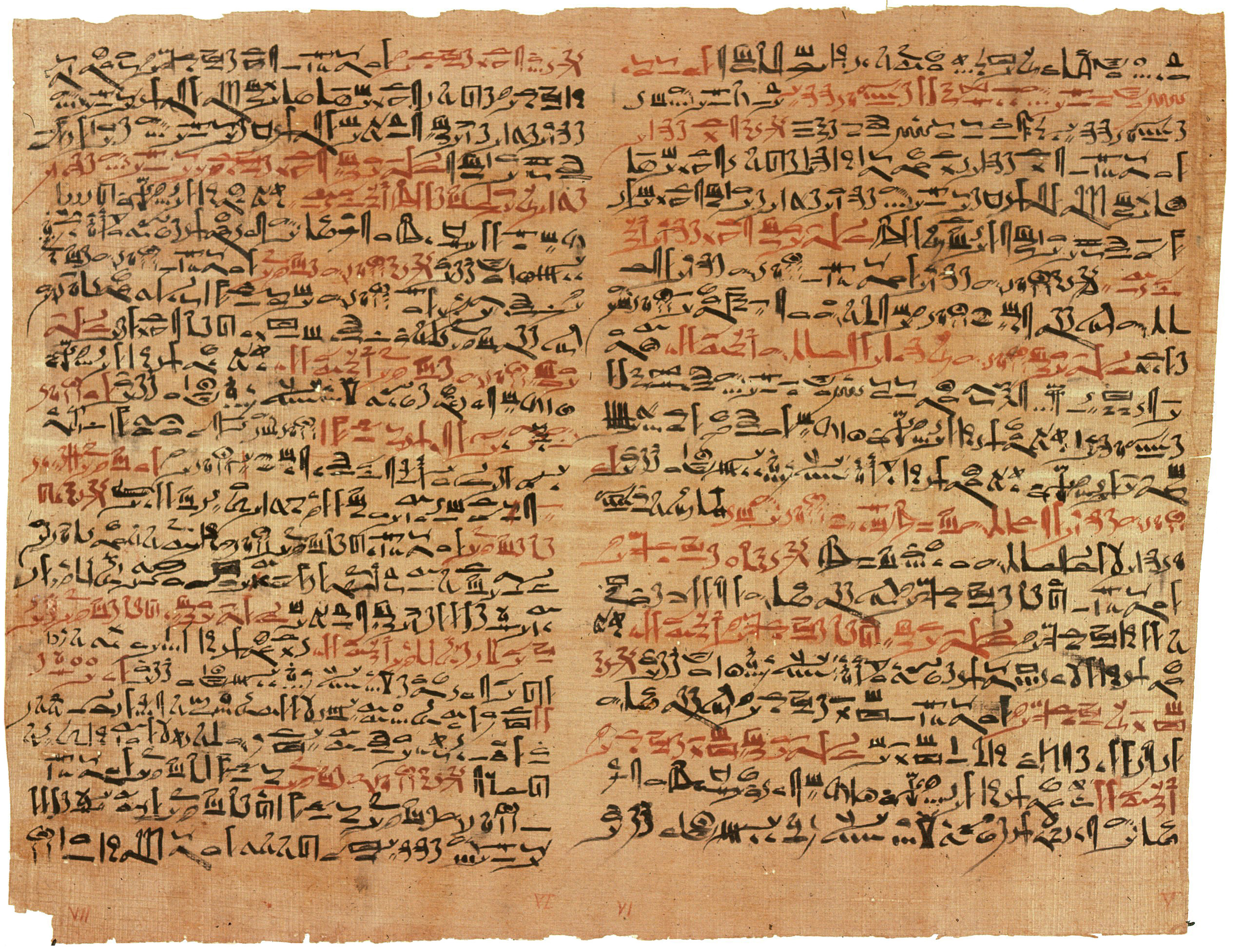Ancient Egyptian anatomical studies on:
[Wikipedia]
[Google]
[Amazon]
 The Ancient Egyptian anatomical studies is an article about the
The Ancient Egyptian anatomical studies is an article about the
Surgical Procedures during ancient Egyptian Mummification
Chungará (Arica) v.33 n.1 Arica ene. 2001 etrieved 2015-06-29(ed. see als
this link
Article entitled - Neuroscience for Kids : The Edwin Smith Surgical Papyrus
published by
 The Ancient Egyptian anatomical studies is an article about the
The Ancient Egyptian anatomical studies is an article about the history of anatomy
The history of anatomy extends from the earliest examinations of sacrificial victims to the sophisticated analyses of the body performed by modern anatomists and scientists. Written descriptions of human organs and parts can be traced back thous ...
within ancient Egypt.
Overview
From a period spanning the time beginning at about 3100 B.C. to the finish of the 2nd century A.D., anatomical studies were fore-most within the ancient Egyptian nation, than within other parts of the world, according to archaeological evidence. People of the ancient Egyptian civilization initiated an independent practice of anatomical study, which represented the first movement within humanity toward the development of an understanding of anatomy; Egypt is where the study of anatomy historically first developed. People belonging to the Egyptian nation were the first to make a written record of anatomical studies. Manetho is thought to have recorded the work of an early anatomist. In his work ''History of Egypt'' Manetho states the pharaoh Djer was an anatomist, although a source considers the likelihood of the pharaoh being an anatomist to be low. Djer is stated to have been the first to have made a written work on the study of anatomy, entitled ''Practical Medicine and Anatomical Book'', which is known of, but not extant, although this attribution may represent an honorific observance indicating the book was written within the reign of the pharaoh, within which the book is known to have been written. Two individuals,Herophilus
Herophilos (; grc-gre, Ἡρόφιλος; 335–280 BC), sometimes Latinised Herophilus, was a Greek physician regarded as one of the earliest anatomists. Born in Chalcedon, he spent the majority of his life in Alexandria. He was the first ...
, and Erasistratus
Erasistratus (; grc-gre, Ἐρασίστρατος; c. 304 – c. 250 BC) was a Greek anatomist and royal physician under Seleucus I Nicator of Syria. Along with fellow physician Herophilus, he founded a school of anatomy in Alexandria, where th ...
, both living within Alexandria and participating within the so-called School of Alexandria, both contributed to anatomical understanding and knowledge, as they began a practice of human dissection.
Egyptian civilization was responsible for the advent of terms for external body parts, of all body parts practitioners were aware of, ''metu'', understood to refer to the heart, was central to ancient understandings of anatomy within relevant areas of Egypt.
Sources
Knowledge of anatomical studies is drawn from papyri and ostraca, especially theEbers Ebers may refer to:
* Jewell James Ebers (1921–1959), American electrical engineer
* John Ebers (c. 1785–c. 1830), English operatic manager
*Georg Ebers
Georg Moritz Ebers (Berlin, 1 March 1837 – Tutzing, Bavaria, 7 August 1898) was a ...
, Edwin Smith and Kahun Papyri
The Kahun Papyri (KP; also Petrie Papyri or Lahun Papyri) are a collection of ancient Egyptian texts discussing administrative, mathematical and medical topics. Its many fragments were discovered by Flinders Petrie in 1889 and are kept at the U ...
. One of only two extant texts on creating a mummy is the Ritual of Embalming Papyrus The Ritual of Embalming Papyrus or Papyrus of the Embalming Ritual is one of only two extant papyri which detail anything at all about the practices of mummification used within the burial practices of Ancient Egyptian culture.
One version of the p ...
. Mummification techniques led to advancement in anatomical knowledge.Robert (''Bob'') Brier, Ronald S. Wade Surgical Procedures during ancient Egyptian Mummification
Chungará (Arica) v.33 n.1 Arica ene. 2001 etrieved 2015-06-29(ed. see als
this link
Ebers Papyrus
The Ebers Papyrus describes ''metu'', which is a word referring to vascular structures, ducts, tendons, or perhaps nerves, which run to various parts of the human head, of these there are a number amounting to fifty-two ''metu'' described within the Ebers.Edwin Smith Papyrus
The Edwin Smith Papyrus shows the very first use of the root word ''neuro'', and the word ''brain'', and details information on the meninges andcerebrospinal fluid
Cerebrospinal fluid (CSF) is a clear, colorless body fluid found within the tissue that surrounds the brain and spinal cord of all vertebrates.
CSF is produced by specialised ependymal cells in the choroid plexus of the ventricles of the ...
. The text describes in appreciably realistic terms, anatomical structures while detailing injuries in order of anatomy.published by
Washington University
Washington University in St. Louis (WashU or WUSTL) is a private research university with its main campus in St. Louis County, and Clayton, Missouri. Founded in 1853, the university is named after George Washington. Washington University is r ...
etrieved 2015-06-28/ref>
See also
*Egyptian medical papyri
Egyptian medical papyri are ancient Egyptian texts written on papyrus which permit a glimpse at medical procedures and practices in ancient Egypt. These papyri give details on disease, diagnosis, and remedies of disease, which include herbal re ...
References
{{Reflist, 2 19th Century